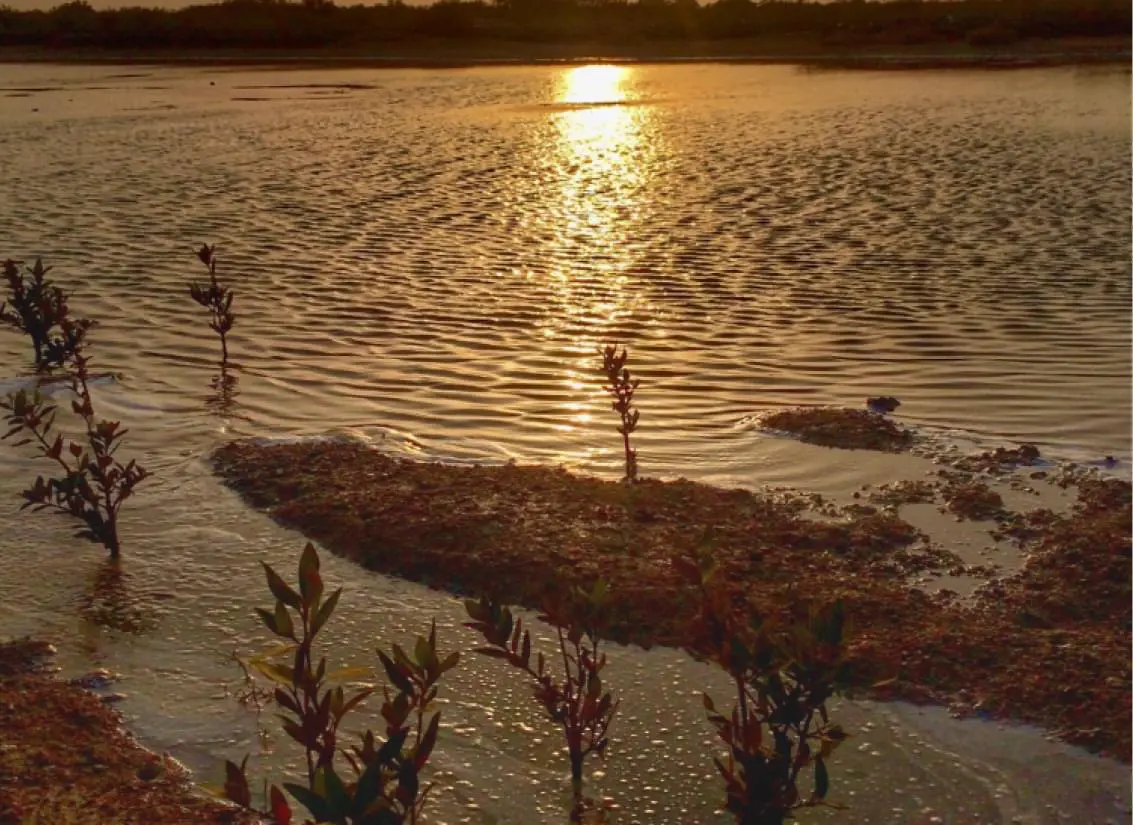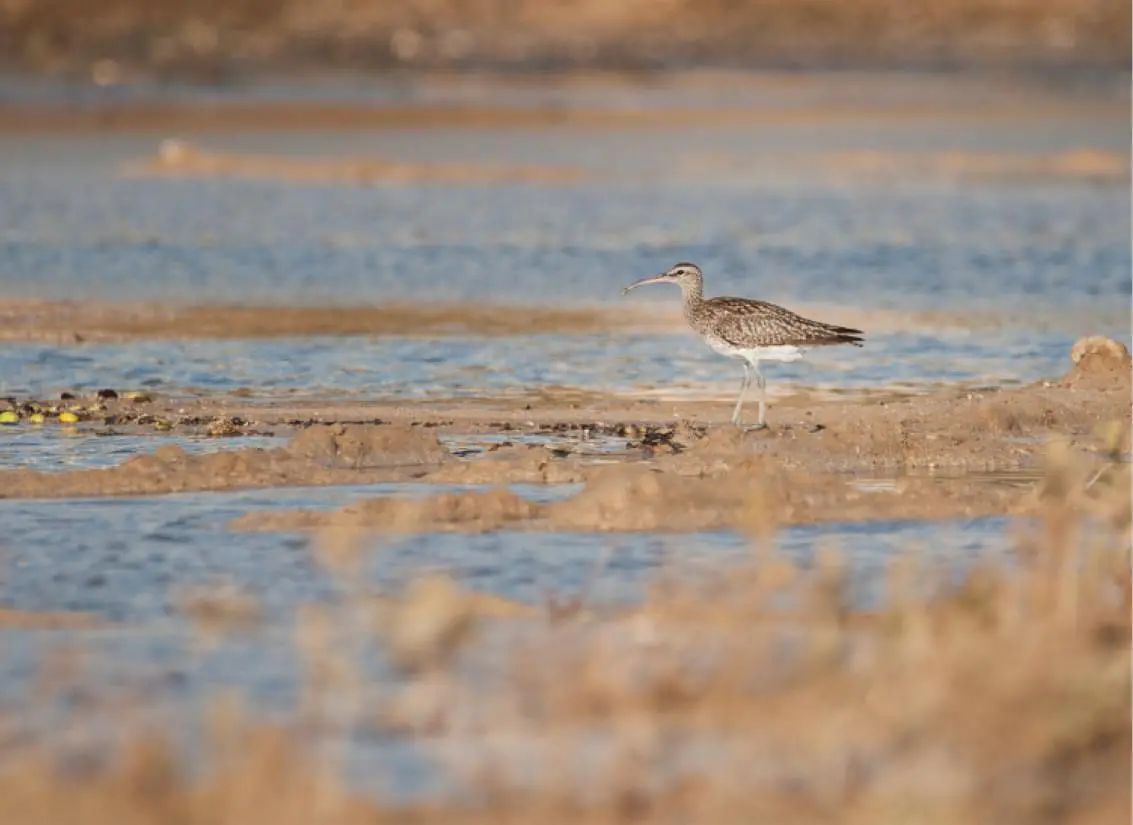




Quick Links:



KAUST is the custodian of a significant span of coastal water and a unique marine ecosystem. In June 2017, KAUST set aside 152 hectares as a Nature Conservation Area. This formal designation is a testament to the University’s commitment to protect and enhance the local biodiversity. KAUST delivers educational opportunities for people to learn about the vast benefits these ecosystems provide. Birdwatching, nature walks, and classroom activities are examples of public engagement.

The Nature Conservation Area is also home to the Ibn Sina Field Research Station, which hosts long-term experiments and monitoring programs that help KAUST researchers gather important information about the local biodiversity of species and their global contribution.
KAUST lies on a major bird migratory route. More than 240 species of resident and migrant birds shelter here throughout the year.
In autumn, migrating birds leave their breeding grounds in Central Eurasia and along the Red Sea to winter in North and East Africa.
In the spring, they return to the Red Sea. Most birds break their long journeys into a series of shorter trips, with multiple stops along the way.


The Nature Conservation Area is ideal for birdwatching because there is a variety of food for birds to replenish their energy, freshwater to drink, and vegetation to provide cover from predators.
A bird observation hide exists close to the mangrove stands around South Beach.ound at nine of the ten sampling stations.